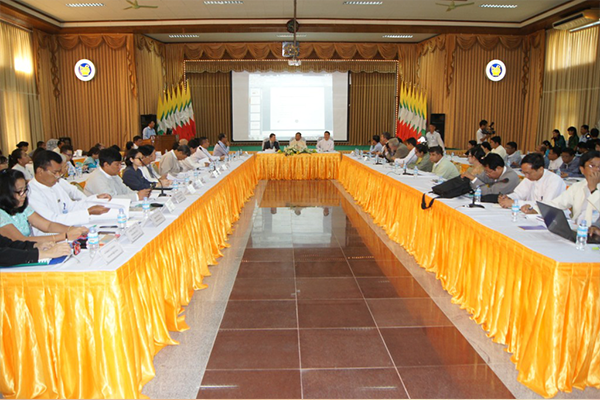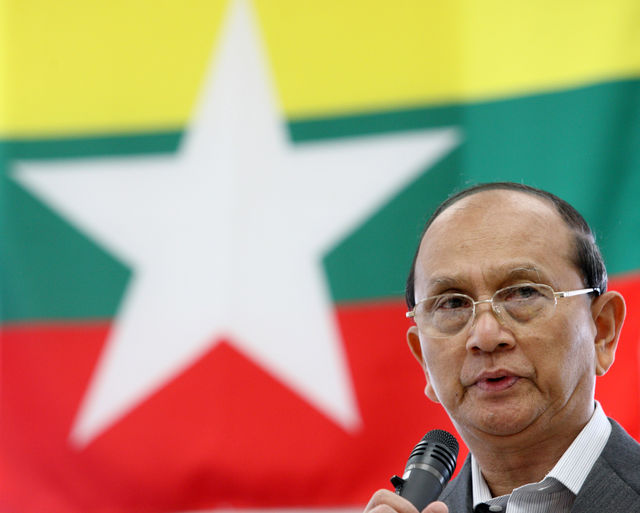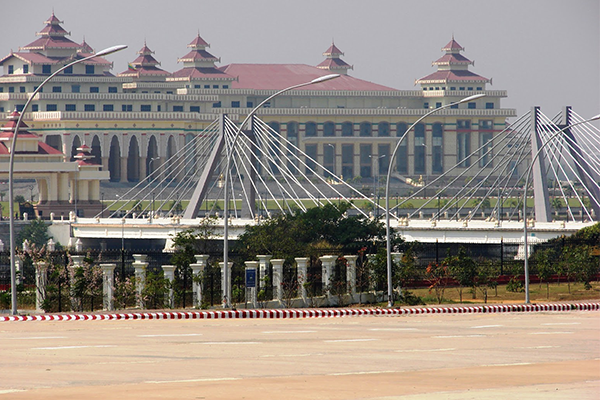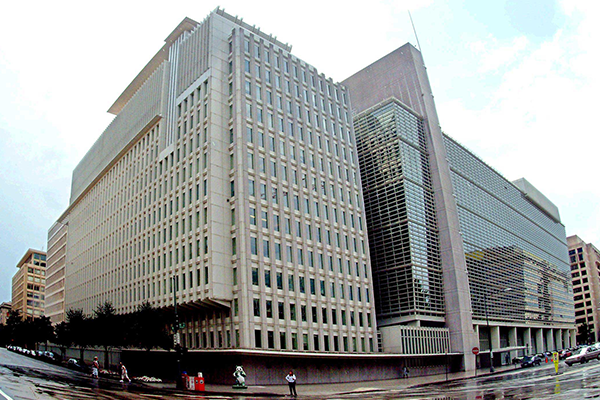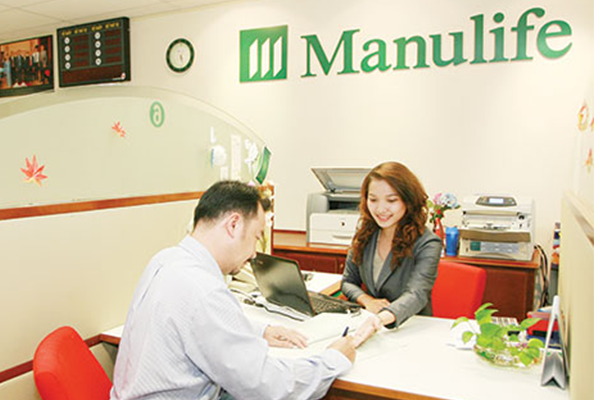Recent Zoning and Property INSIDER ANALYSIS Valuations in Yangon
The real estate market situation in Myanmar is a challenge at many dif- ferent levels. Perhaps the greatest challenge is that real estate laws are some- times poorly understood by lawyers and local officials alike. There is also very little recent case law to give lawyers guidance on real estate issues.
The laws, rules, regulations, and by-laws that deal with buildings and land in Myan- mar are similar in concept to zoning in other parts of the world. For Yangon, it is import- ant to be aware of two enactments. The first of these is the City of Yangon Municipal Act, 1922 (Municipal Act). The second is the City of Yangon Development Law, 1990, which was amended in 2013 to consolidate differ- ent provisions under several notifications (City of Yangon Development Law)
There are also rules under the City of Yan- gon Development Law, 1990, which should be updated soon in accordance to the recent legislative developments (City of Yangon Development Rules). These rules relate to public health, budget, water supply, mar- kets, gardens, parks, playgrounds, buildings, environmental protection and sanitation, roads and bridges, traffic, vehicles, small loans, assessment and collection of munic- ipal taxes and charges, livestock, collecting property tax, administration, as well as civil projects and land administration.
Under the Municipal Act, the Yangon City Development Committee (YCDC) is em- powered to (i) change the height and fea- tures of buildings depending on suitability; (ii) declare that in some areas there may be only detached or semi-detached housing; (iii) limit density, and (iv) declare that in particular areas commercial buildings will not be allowed without the special permis- sion of YCDC. Under the Municipal Act, it is a criminal offense for someone to erect buildings in contravention of YCDC orders.
Also, under the City of Yangon Development Law and the City of Yangon Development Rules, the YCDC (i) controls the approval of civil projects and the establishment of new towns within the municipality limits of the City of Yangon; (ii) administers lands with- in those limits; (iii) constructs, repairs, and demolishes buildings; (iv) demolishes and resettles squatter huts, squatter buildings, and squatter wards, and (v) must carry out other duties as determined by the Municipal Act, its rules, and its by-laws.
Notifications have been issued by the YCDC in connection with the construction of new buildings. For instance, with the construc- tion of buildings, there must be a space of at
least twelve feet running from the boundary line of the lot to the front wall of the building. Likewise, at both sides of the building, there must be a space of at least three feet in run
ning from the boundary line of the lot to the eaves of the building. And, at the back of the building, there must be a space of at least six feet running from the boundary line of the lot to the back wall of the building. Prohibitions have also been made in the past by YCDC against erecting buildings having more than six stories in certain areas east, west, north, and south of Shwedagon Pagoda, and that no building more than twelve stories shall be erected in the remaining areas without a special permit from the government.
Similarly, a color-coded zoning map of Yan- gon city is being drawn up through discus- sions between professionals and the YCDC, which will show the areas of the city where high-rises will be allowed or restricted. Our understanding is that this map will provide for 11 zones and specifies five categories of buildings by height and township. We also understand that approvals for buildings will depend on factors such as the surrounding neighborhood, as well as the width of the street on which the property is situated.
Representatives of YCDC have stated that the new colour-coded zoning map will limit the construction of high-rises in develop- ments near the Shwe Dagon Pagoda and the Sule Pagoda, as well as heritage buildings in downtown. This reflects an effort by YCDC to preserve some of the best-know landmarks of the city. Once the YCDC receives public comments on the proposed map, it will be sent to Parliament for approval. It is expect- ed that the map will to be finalized this year.
The Foreign Investment Law, 2012, and its rules and notification (FIL) are also import- ant to an understanding of zoning issues in Myanmar. The FIL provides that if the for- eign investment includes development, ho- tels, schools, hospitals, construction of res- idential buildings, building factories, roads and bridges, communications, or building infrastructure, then the project shall be submitted to the Myanmar Investment Commis- sion (MIC). Likewise, the FIL provides that these projects will only be allowed when it is determined they are in accordance with the city development plans of the relevant city council, government of the region and state relevant development committee, gov- ernment department or organization. The good news is that the MIC will coordinate and assist in obtaining these approvals for the investor.
Naturally, if local approval for a particular use does not exist, a real estate investment cannot go ahead. Prior to undertaking any construction project in the country, an inves- tor should check to make sure the intended use is approved. This is commonly found on the grant title itself. Although the MIC will check these issues, the investor should do so, as well, to make absolutely certain that the project will not be stopped at a later date
because of problems with the land use of the project.
Finally, it is important in any real estate transaction to determine the real value of the land. Often the only way to do this is to first know the assessed value of the property. These valuations are not always straight or easy to obtain in Myanmar. These are issued by the Myanmar Board of Assessment au- thorities and require obtaining prior written recommendations from the police force, the Internal Revenue Department, the Ministry of Home Affairs, the General Administrative Department, the Yangon Region Govern- ment and YCDC.
In order to bring some clarity to the murky area of real estate valuation, there has been a recent statement by the Government of Myanmar, which establishes that for the time being all real estate properties will be assessed in Yangon to (i) stop fraudu-
lent valuations by owners and brokers, and (ii) boost tax collections. This statement was published by the Ministry of Finance and Revenue and contains the standard rates for the period 2013-2014 for plots of land to be valued at the Valuation Committee in the region of Yangon. The statement also provides both formulas and standard rates per square foot in Yangon. An example of the foregoing is that one square foot in Than Lwin Street is, under this statement, valued at kyat 275,000, whereas one square foot in the numbered streets downtown are valued within the range of K120,000- K140,000.
To be on the safer side of the real estate mar- ket, it is always wise to know which laws, rules, regulations and by-laws affect a pro- posed investment and to obtain thorough research on the property itself. Knowledge is power.


